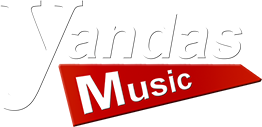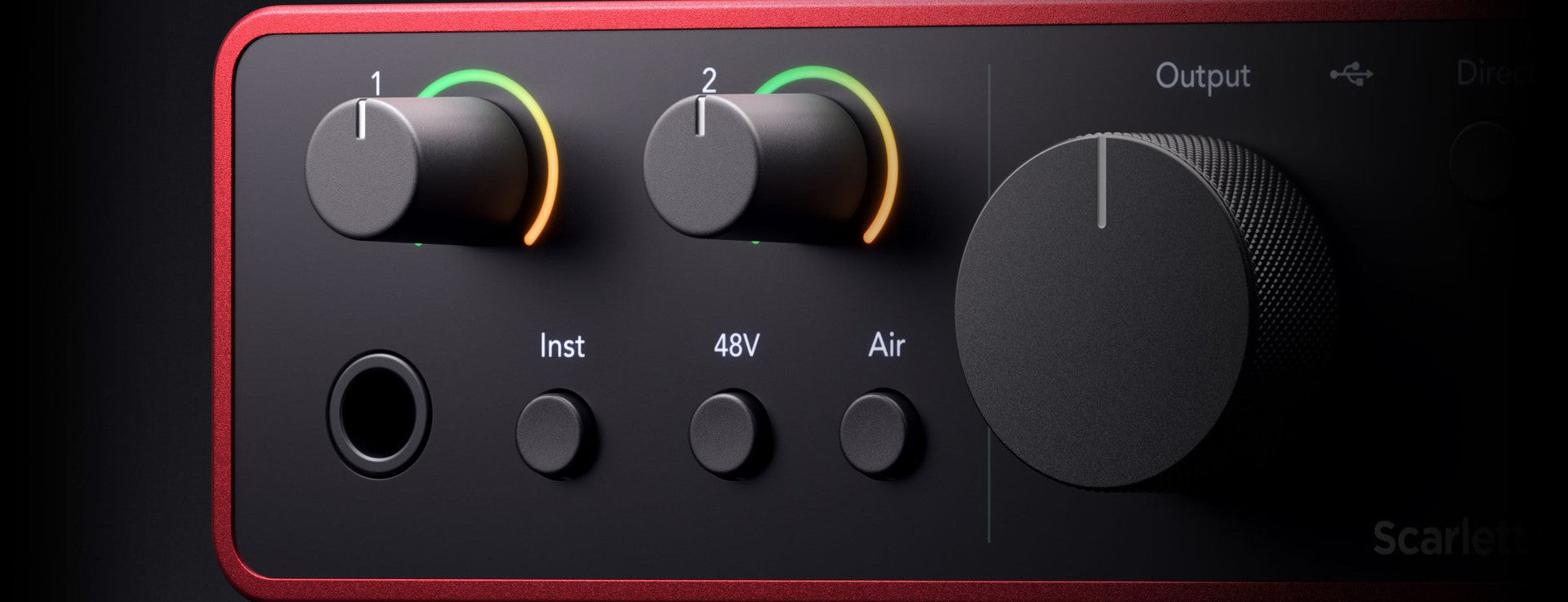Stacking Drive Pedals Based on Their Function
What type of drive pedal do you need, and when should use them? This can be a confusing topic for many, hopefully this article will shed some light on the subject. Keep in mind that there no hard fast rules, your ears will always reign as king.
So what are some of the different "functions" that drive pedals can have.
1. Boost
The term "Boost" is when the input signal from guitar is increased to slam the front in of a tube amp, often causing natural tube overdrive. This is not the same as a distortion pedal, which manipulates the signal itself.
If we are talking about boost as a function then this doesn't have to be limited to "boost" pedals. Other types of pedals, such as EQ pedals, can also boost an input signal. Let's look at a few pedals that would work really well as a boost and where we might want them in our drive section.
- ToneJob from EarthQuaker Devices is technically a EQ pedal but does this function very well.
- The Ibanez Tube Screamer - This is an overdrive pedal that has been used for decades to boost a dirty channel of an amp. If you are wanting to boost another drive pedal you may want something something that affects the mids less. Such as...
- Westwood from EarthQuaker or the Soul Food from Electro Harmonix
Here is the key, if you put your boost function before other drives it will increase the level of gain (distortion) without effecting the volume much. If you put the boost function at the end of the other drives it will increase the volume and color any drive pedals before it. If you are looking for a volume boost for solos, you will want your boost pedal at the end of the chain. If you want more saturation, you will want to put it at the beginning. Better yet, buy two boost pedals and get the best of both worlds!
2. Light OD
You usually don't want your light overdrive to color your tone very much. Buzzwords like clean or transparent get used a lot referring to these (I don't know how a dirt pedal can be clean but I digress). You may want one level of drive that doesn't effect the mid-range in the way that a Tube Screamer does. The EarthQuaker Westwood and the Electro Harmonix Soul Food are great for adding grit without coloring the original tone too much.
3. Mid Hump
This category holds two of the most popular pedals in history The Klon and the Ibanez Tubescreamer. Most Klon style pedals do not color your tone very much at all until you start increasing the drive, which results in a slight hump in the mids. This is very useful for helping your guitar stand out in a mix. The Tubescreamer's mids are more pronounced and it also rolls off the lows making it a very helpful EQ tool to get a guitar to set in the mix better. This is also why the Tubescreamer gets used in-front of a dirty amp as a lead boost to add more gain, mids and to cut some bottom end which really helps tighten up a lead tone. Many players will use a tubescreamer to shape the rhythm tone of a high gain amp *cough* Mesa Boogie Rectifiers *Cough* not for extra distortion, but to tighten up the low end and help a modern voiced amp cut through in a mix. When placing these pedals in your drive chain, a popular spot would be between your lighter boost style pedal and your heavier distortions, but use your ear and tailor the order around your specific needs.
4. Amp-Like Distortion
Think higher gain to full on Marshal lead channel distortion. There are too many pedals in this category to name them all but here are a few, the MXR Custom Bad Ass "78 Distortion, the Boss DS-1 and St-2, and the Way Huge Super Lead. These are great for higher gain rhythm or creamy lead lines and do well towards the end of your drive section. Again play with the exact placement but most agree that after your lighter drives and before a volume boost (unless the boost is intended to increase saturation) tend to work better.
5. Hairy Distortion
Not quite amp-like like mentioned above and not quite Fuzz, but for the lack of a better term, Distortion with some "hair" on it. Probably the pedal best known for this would be the ProCo Rat. Others would be the JHS Kilt V2, and the Electro Harmonix Glove. Like Amp like Distortion towards the end of your drive chain is the preferred method of choice. However some may interchange the distortion functions for each other while, others may use both distortions together. If used together it is just personal preference which order you would like the two in.
Fuzz
Fuzz is really the first drive style. Started with Tone Bender and Fuzz Face Style Circuits then the Big Muff came along and today there are more fuzzes the cars on the road. We are going to break these guys down into two category's Vintage and Modern
6.Vintage
Now these are Vintage Style fuzzes not Vintage meaning super old and worth millions like Stan Lee. Most of these are going to use Germanium transistors which are going to clean up when you roll of the volume knob of the guitar and can have some inconsistencies from pedal to pedal. They also can change due to temperature or humidity. Vintage fuzzes need to be first in your signal chain. This is your entire signal chain not just your drive section. The first thing a vintage Fuzz wants to see is your guitar. If another pedal is before your fuzz even if its a tuner it can affect it in a real negative way.
7.Modern
Modern Fuzzes can be as simple as a spruce up of a vintage design or they can be radical noise boxes that send you to a new dimension. Most of these use a Silicon transistor can emulate a germanium transistor however silicon is much more stable. They do not change due to humidity or temperature. Silicone fuzzes don't always have to be first in your chain (read the manual). Some will clean up with your volume knob while others will retain the level of distortion and just get quieter.
Not every drive section is created equal. Some people will gravitate towards the lower gain side of drives others will like the more is more approach. Hey, you might have a favorite pedal and decide instead of bending over to keep turning the knobs to buy a duplicate or maybe a third of the same pedal. Your drive section is unique to you. Theses are just some thoughts to help you sort things out as you are building it. Rock on!



